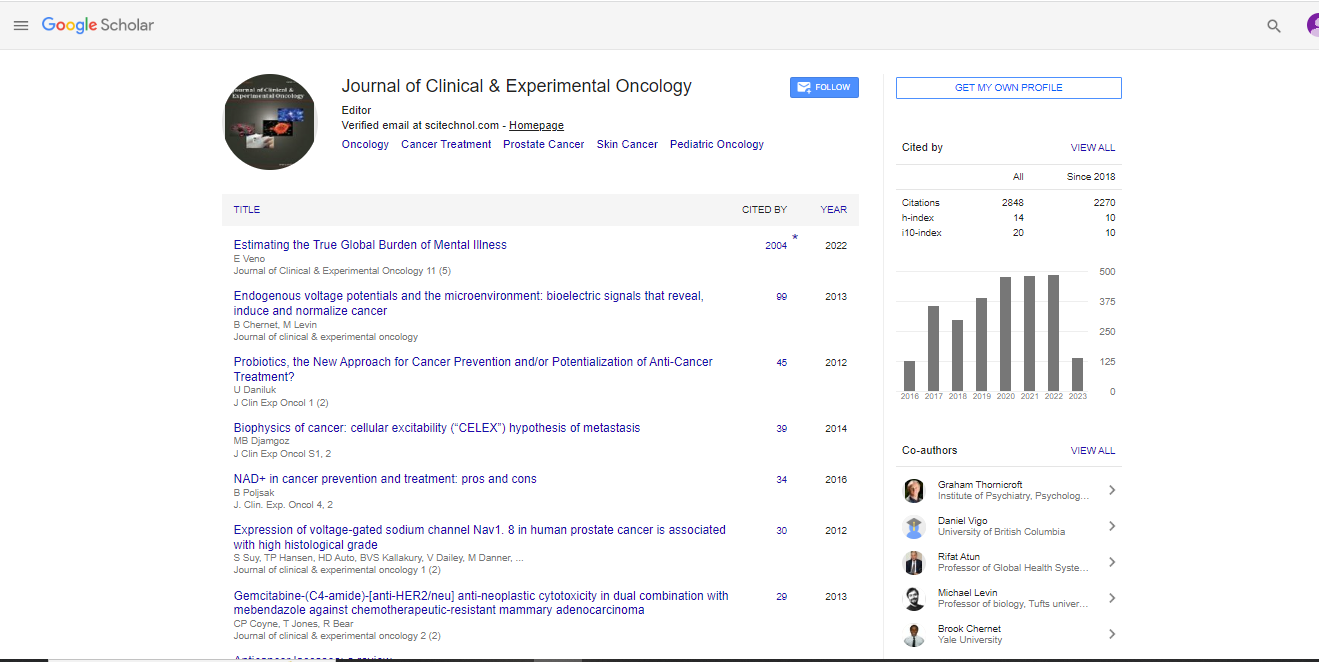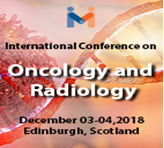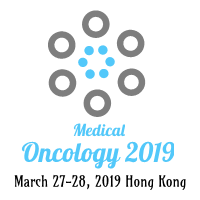Opinion Article, J Clin Exp Oncol Vol: 12 Issue: 1
Paediatric Oncology: A Comprehensive Guide to Childhood Cancer
Ben Marion*
Department of Paediatrics, University of Melbourne, Parkville, Australia
*Corresponding Author: Ben Marion
Department of Pediatrics, University of Melbourne, Parkville, Australia
E-mail: benmarion@um21.au
Received date: 14 February, 2023, Manuscript No. JCEOG-23-95589;
Editor assigned date: 16 February, 2023, PreQC No. JCEOG-23-95589 (PQ);
Reviewed date: 03 March, 2023, QC No. JCEOG-23-95589;
Revised date: 10 March, 2023, Manuscript No. JCEOG-23-95589 (R);
Published date: 20 March, 2023, DOI: 10.4172/2324-9110.1000336
Citation: Marion B (2023) Paediatric Oncology: A Comprehensive Guide to Childhood Cancer. J Clin Exp Oncol 12:1.
Description
Paediatric oncology is the branch of medicine that deals with the diagnosis and treatment of childhood cancer. Cancer is the secondleading cause of death in children after accidents, with leukemia and brain tumors being the most common types of cancer among children. Childhood cancer can be a devastating diagnosis for families, and the treatment can be difficult for children. However, advances in paediatric oncology have led to improved survival rates and a better quality of life for children with cancer. The symptoms of childhood cancer can be vague and nonspecific, which can make diagnosis challenging. Some common symptoms of childhood cancer include unexplained weight loss, fatigue, fever, and persistent pain. If a child experiences any of these symptoms, it is important to seek medical attention immediately. The diagnosis of childhood cancer usually involves a combination of physical exams, blood tests, imaging studies, and a biopsy. There are several different types of childhood cancer, each with its own unique characteristics and treatment options. The most common types of childhood cancer include, Leukaemia is a cancer of the blood and bone marrow. It is the most common type of childhood cancer, accounting for about 30% of all childhood cancers. There are several different types of leukaemia, including Acute Lymphoblastic Leukaemia (ALL) and Acute Myeloid leukaemia (AML). Brain tumors are the second most common type of childhood cancer, accounting for about 26% of all childhood cancers. There are several different types of brain tumours, including astrocytomas, medulloblastomas, and ependymomas. Lymphomas are cancers that affect the lymphatic system. They can be divided into two main types such as Hodgkin lymphoma and non-Hodgkin lymphoma. Neuroblastoma is a type of cancer that develops from nerve cells. It is most commonly found in the adrenal glands, but can also occur in other parts of the body. Wilms tumour is a type of kidney cancer that typically affects children under the age of five. The treatment of childhood cancer depends on several factors, including the type and stage of cancer, the child's age and overall health, and the family's preferences. Treatment may involve surgery, radiation therapy, chemotherapy, targeted therapy, or a combination of these treatments. The goal of treatment is to cure the cancer, if possible, and to minimise side effects. Surgery is often the first step in the treatment of childhood cancer. It may be used to remove the tumor, biopsy the tissue, or implant a port for chemotherapy. Radiation therapy uses high-energy radiation to kill cancer cells. It may be used before or after surgery, or as the primary treatment for certain types of cancer. Chemotherapy uses drugs to kill cancer cells. It may be given orally or intravenously, and may be used solely or in combination with other treatments. Targeted therapy uses drugs or other substances to target specific molecules that are involved in the growth and spread of cancer cells. It may be used in combination with other treatments.
Conclusion
Paediatric oncology is a specialized field of medicine that focuses on the diagnosis and treatment of childhood cancers. Childhood cancer is a complex disease that can manifest in various ways and affect different parts of the body. Treatment of childhood cancer often involves a multidisciplinary approach, including surgery, chemotherapy, radiation therapy, and stem cell transplantation. It is essential to understand the impact of childhood cancer not only on the child but also on their family and carers. Providing support and resources for these individuals is essential to their overall well-being and quality of life.
 Spanish
Spanish  Chinese
Chinese  Russian
Russian  German
German  French
French  Japanese
Japanese  Portuguese
Portuguese  Hindi
Hindi 



